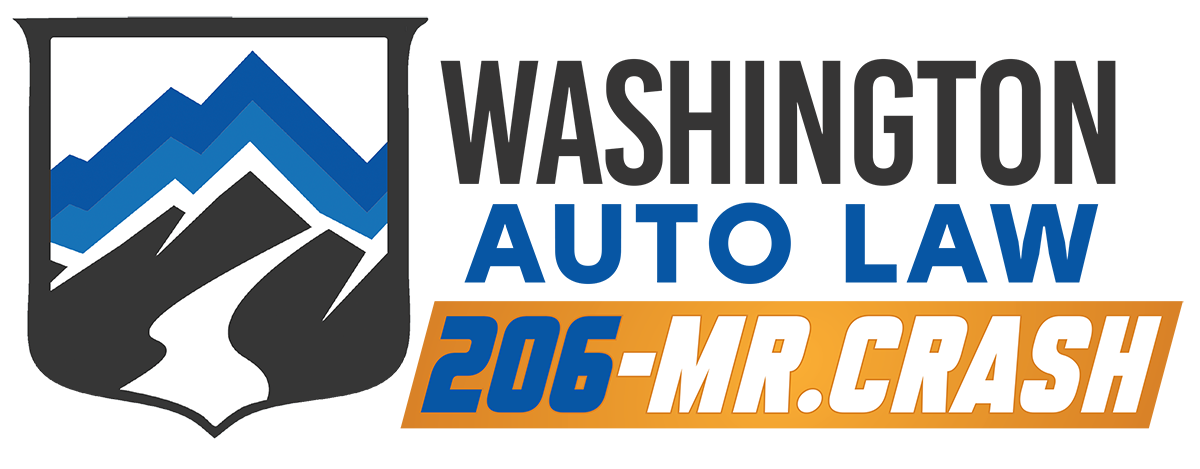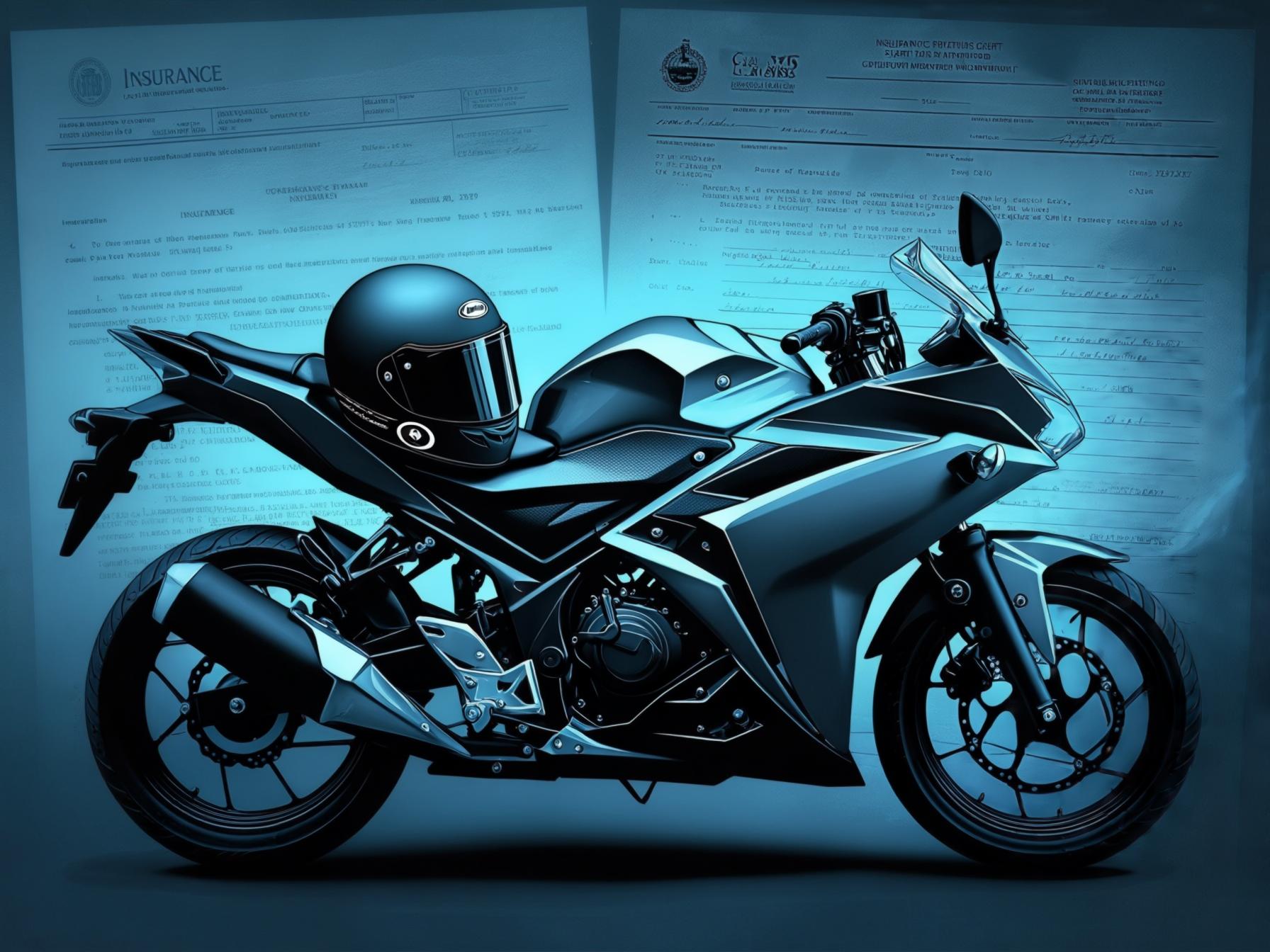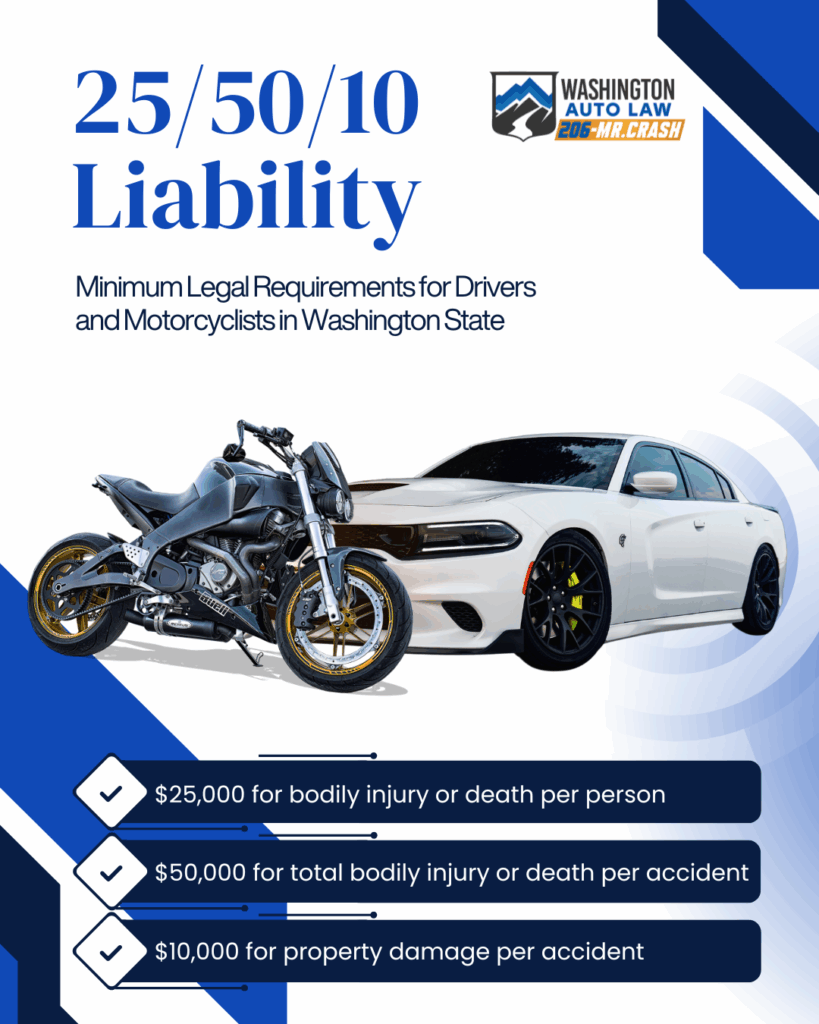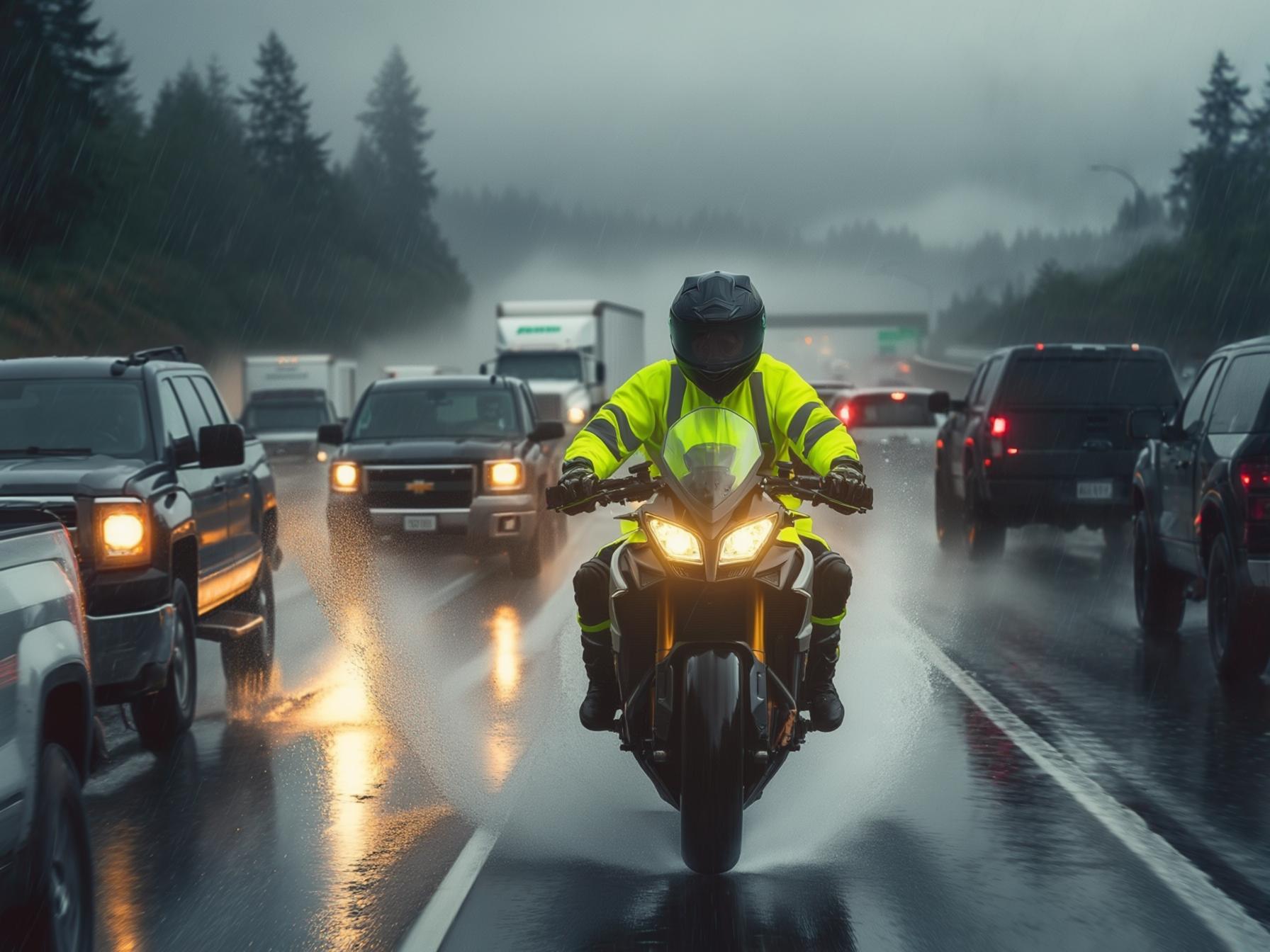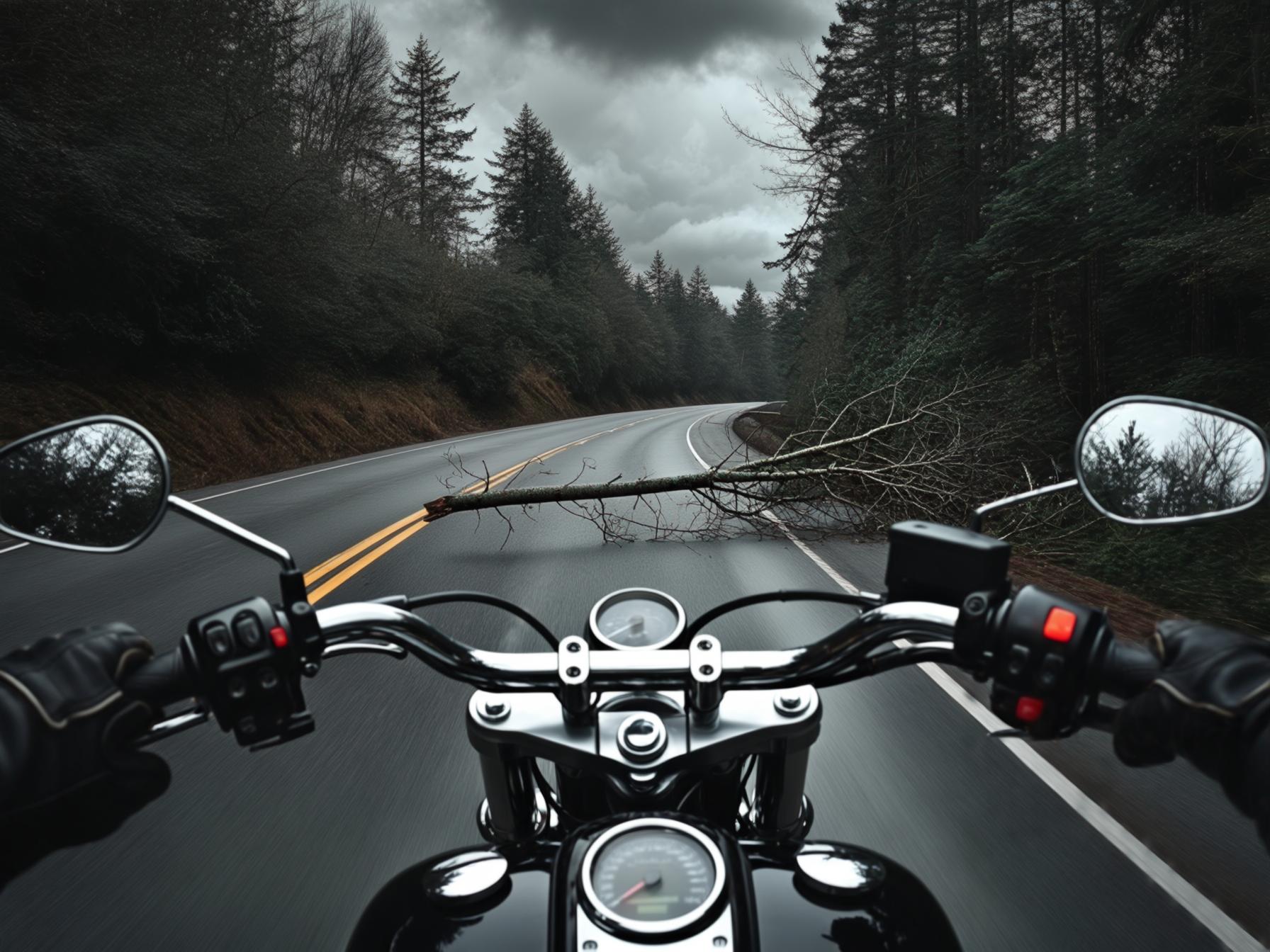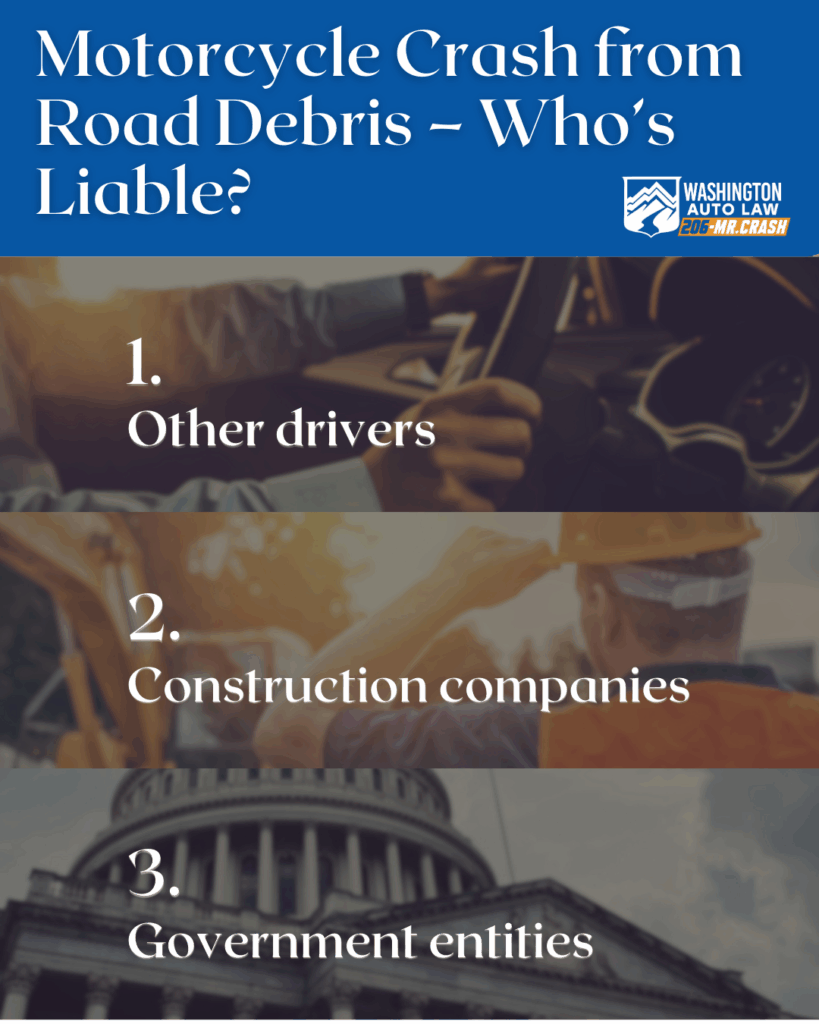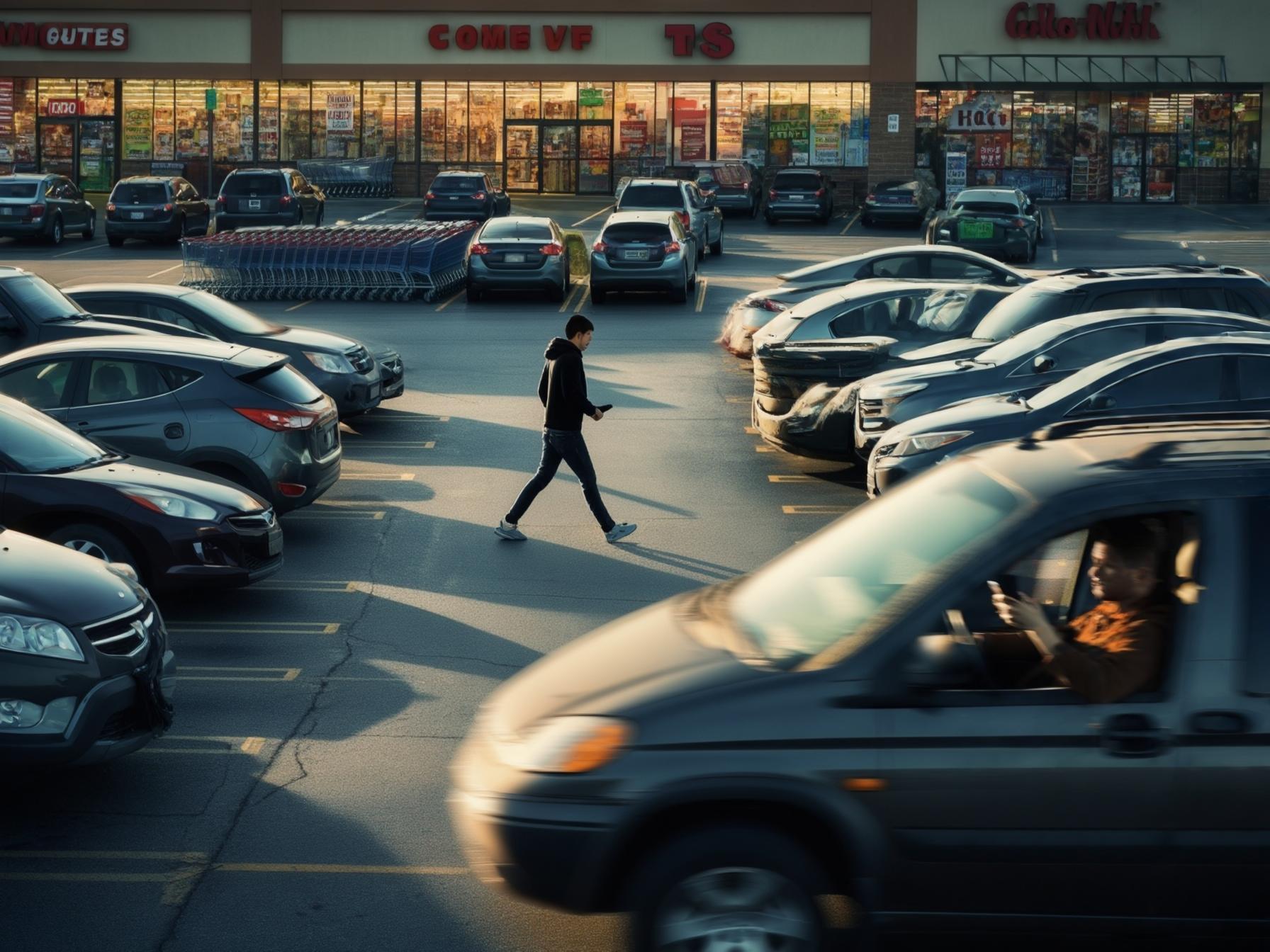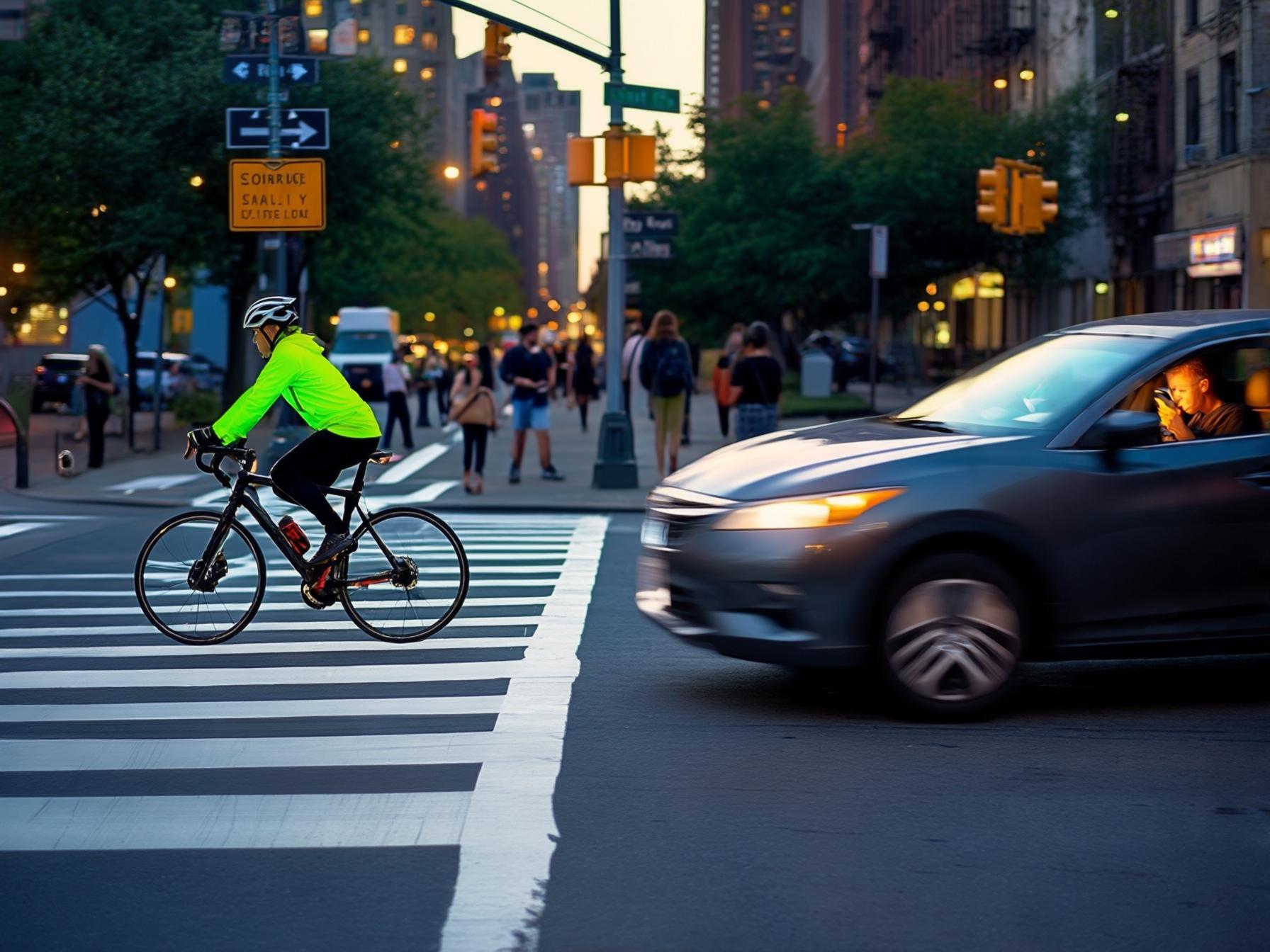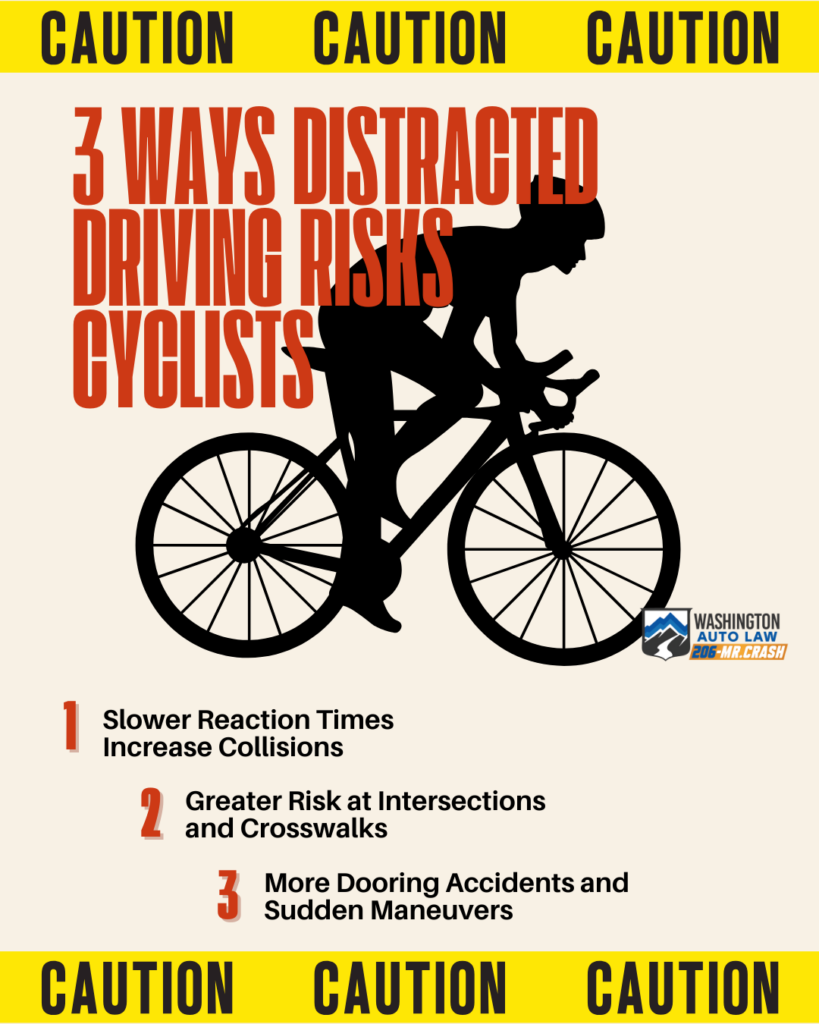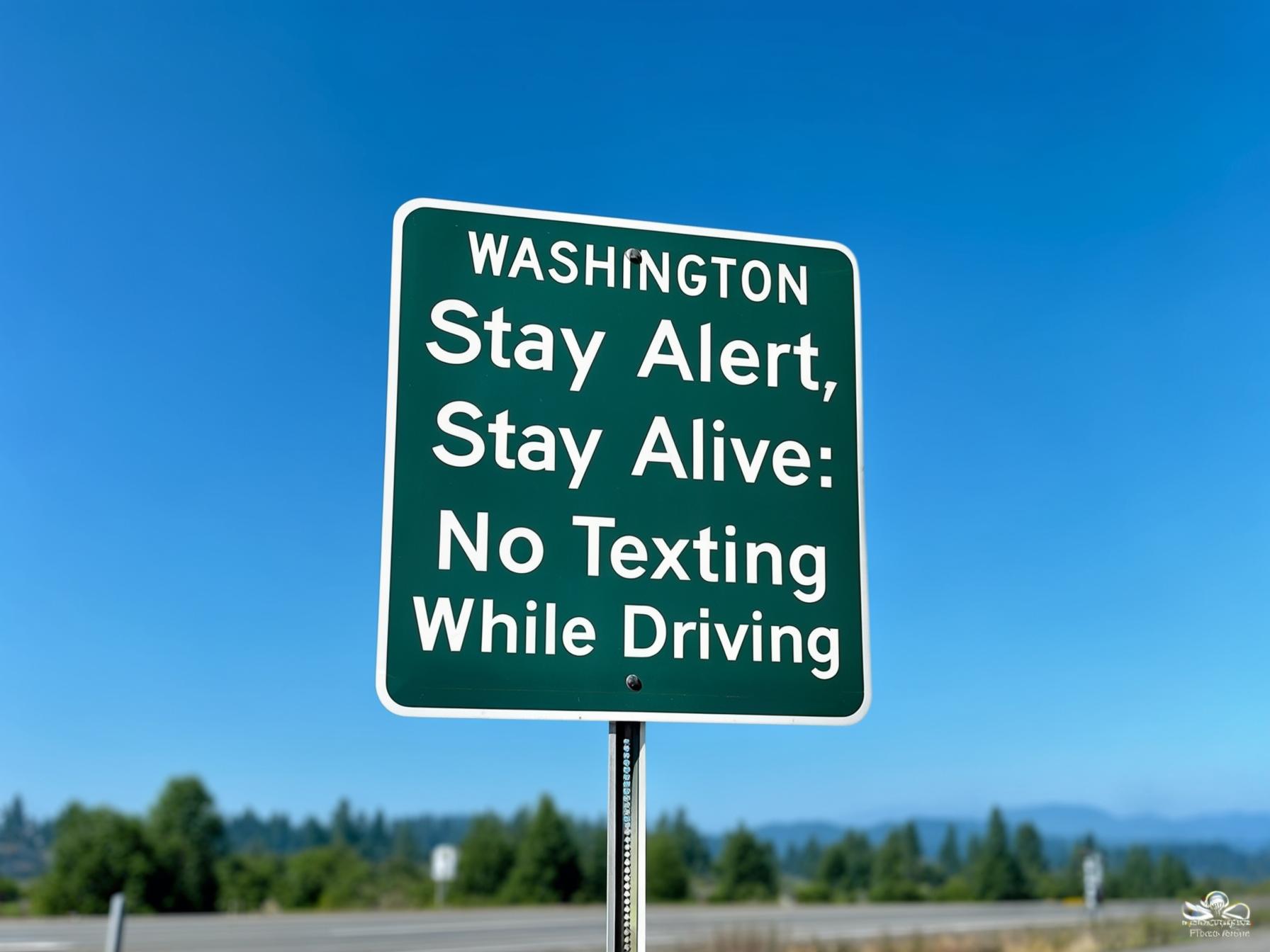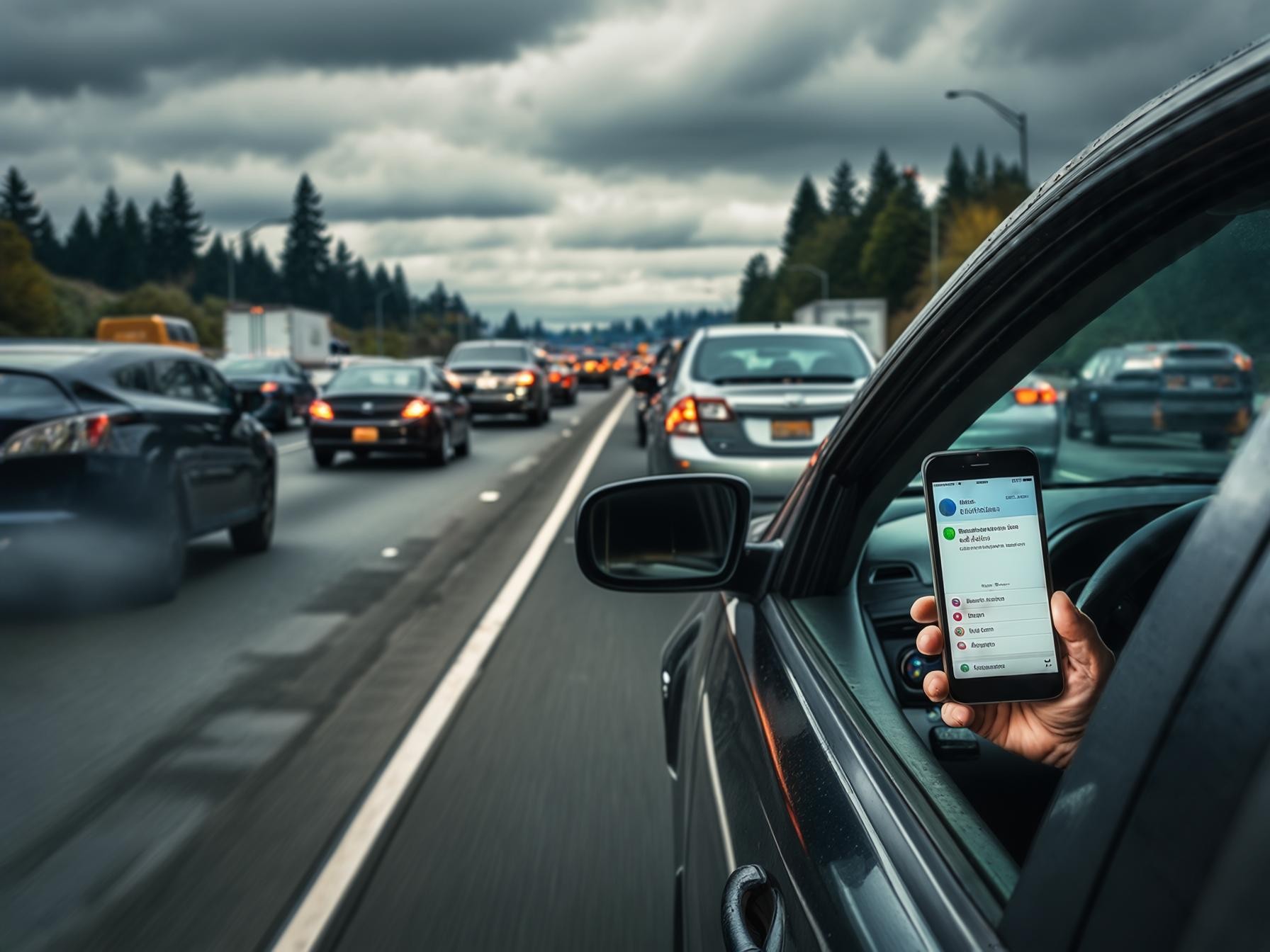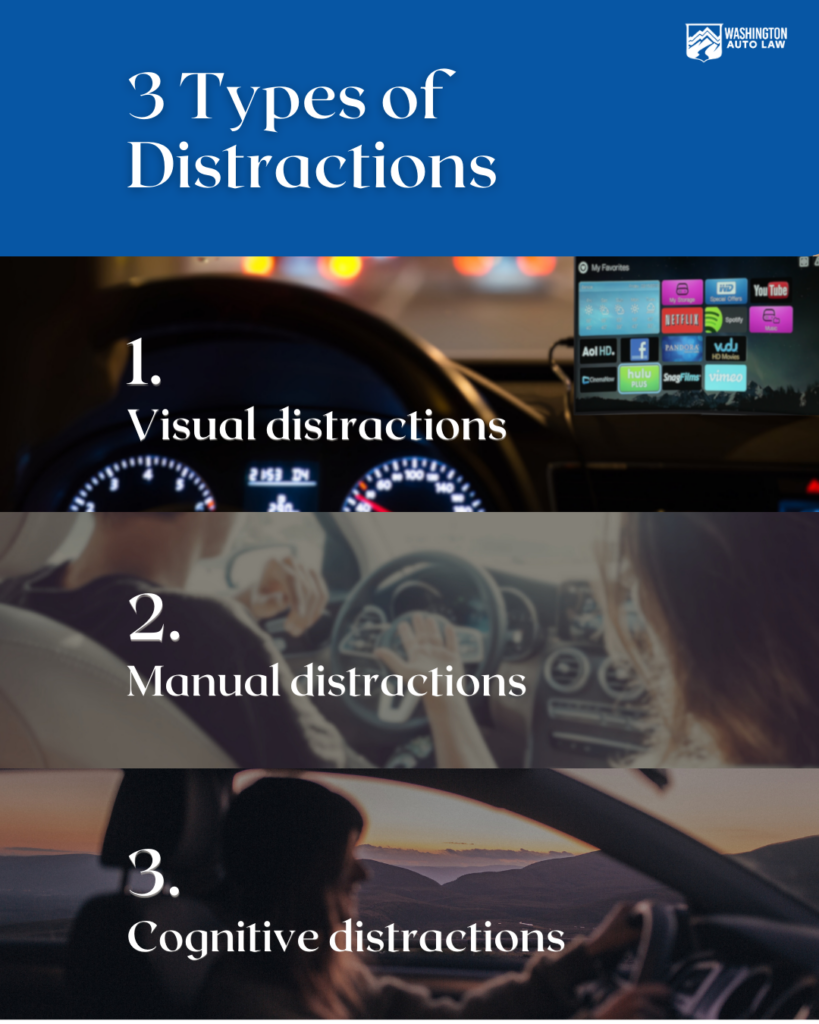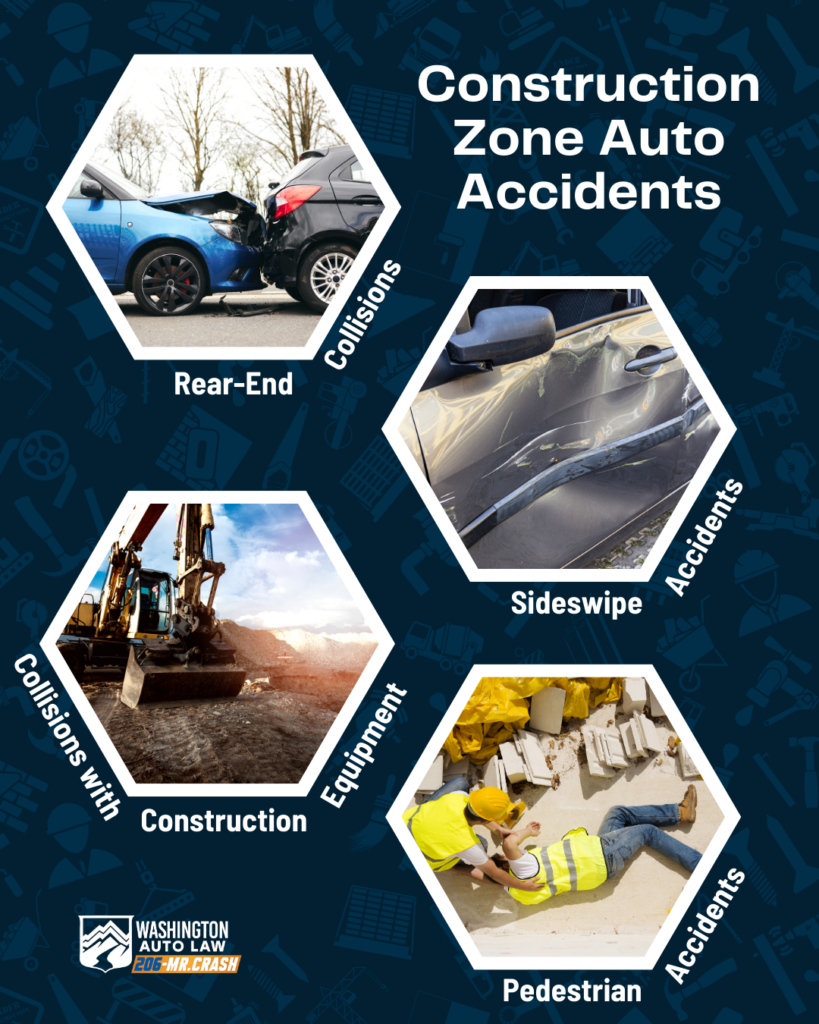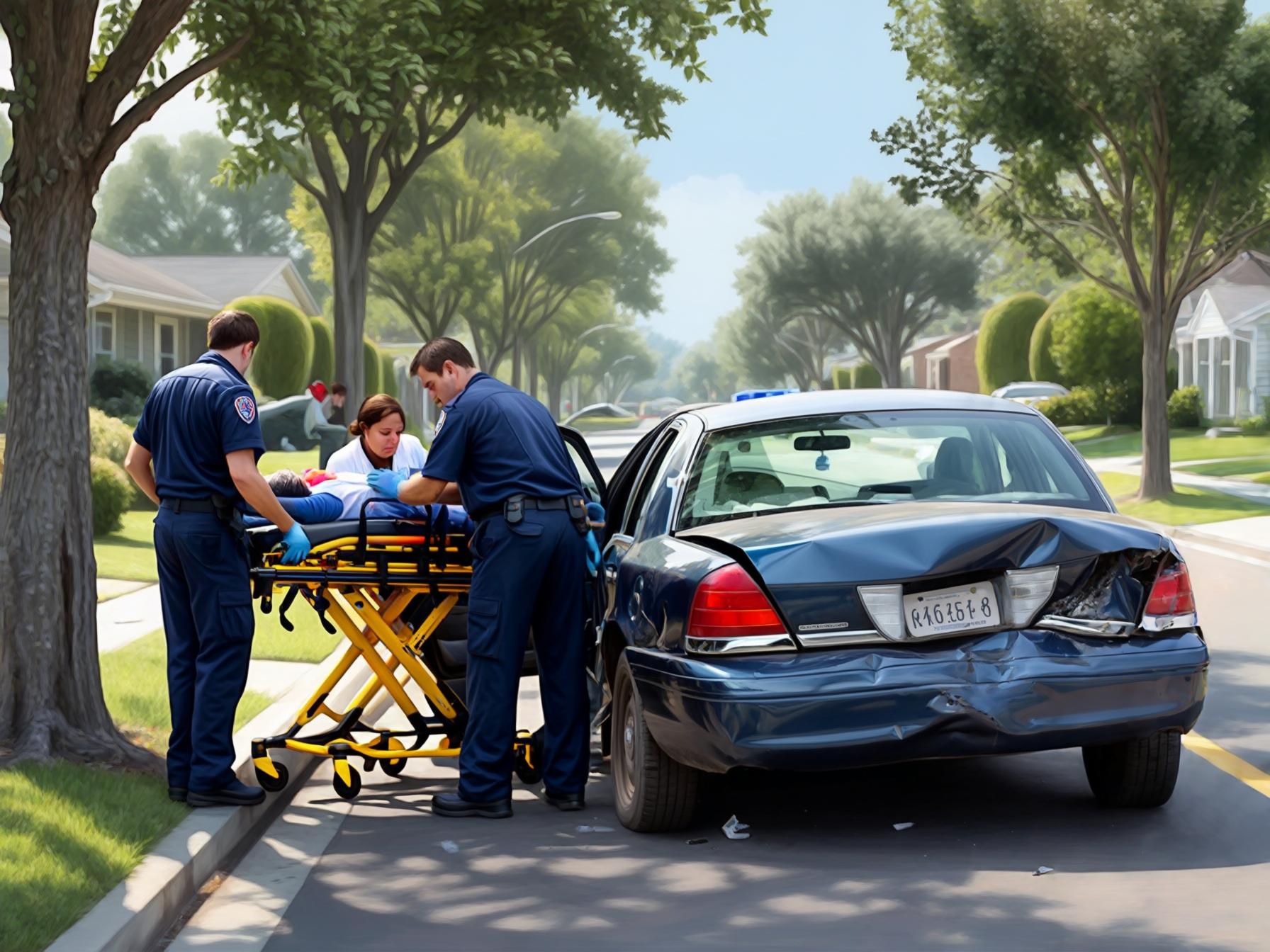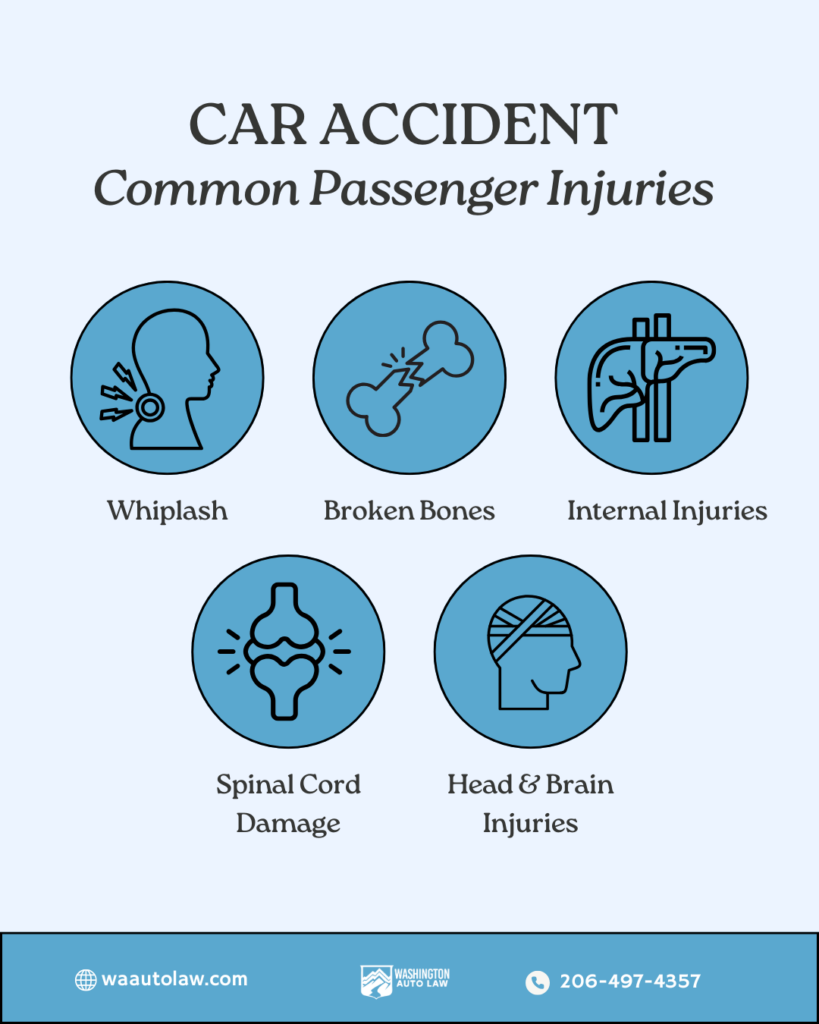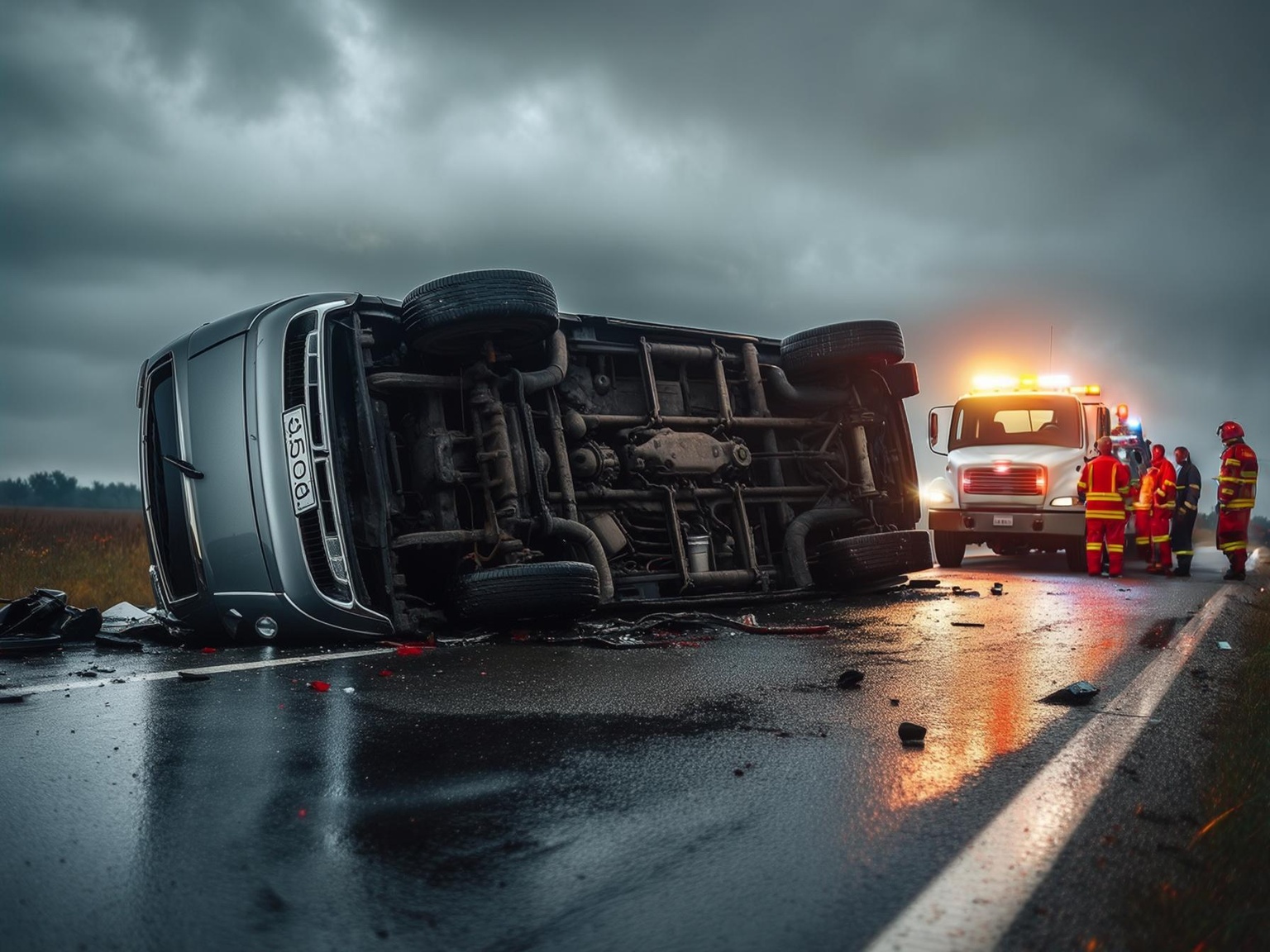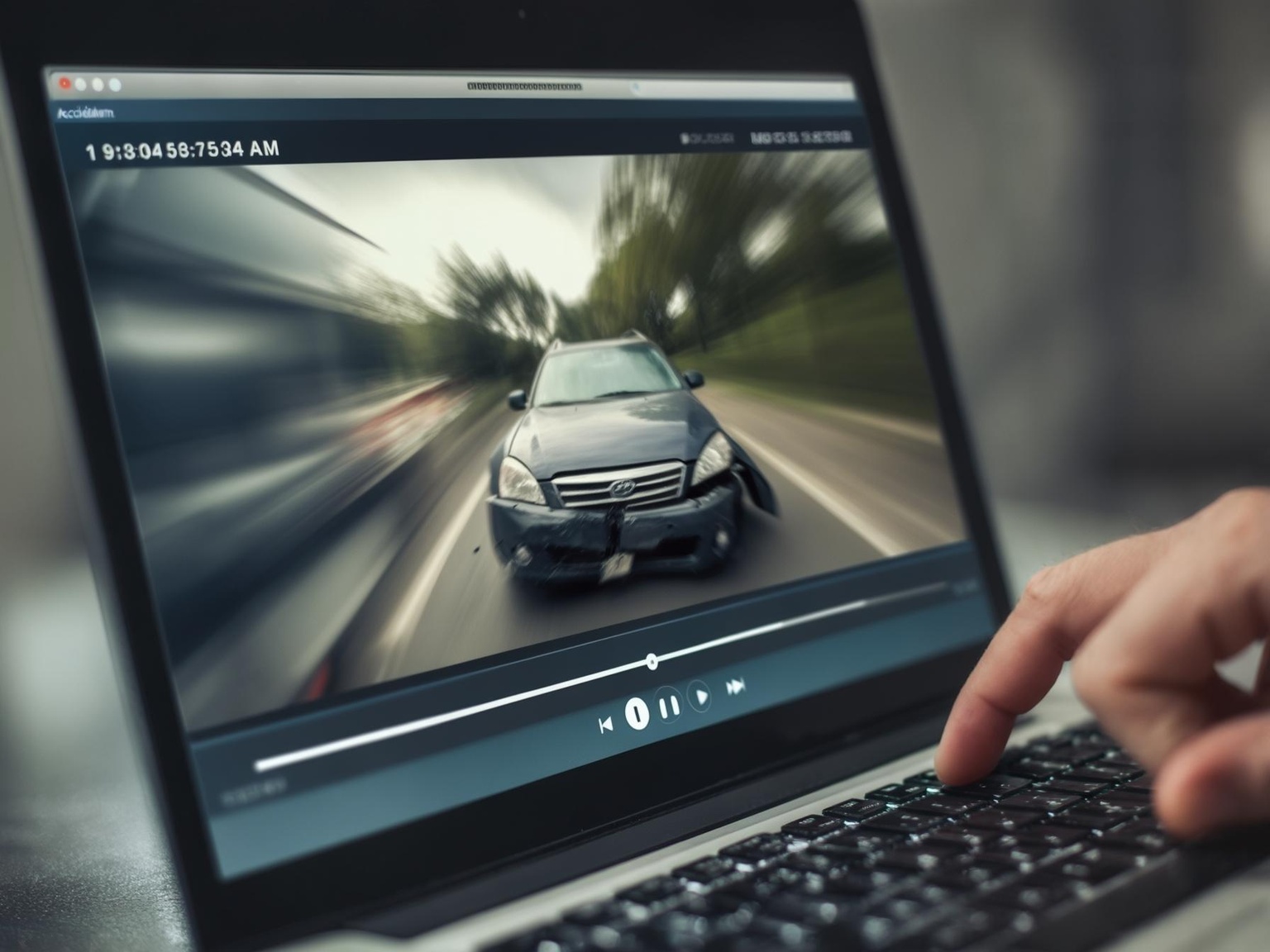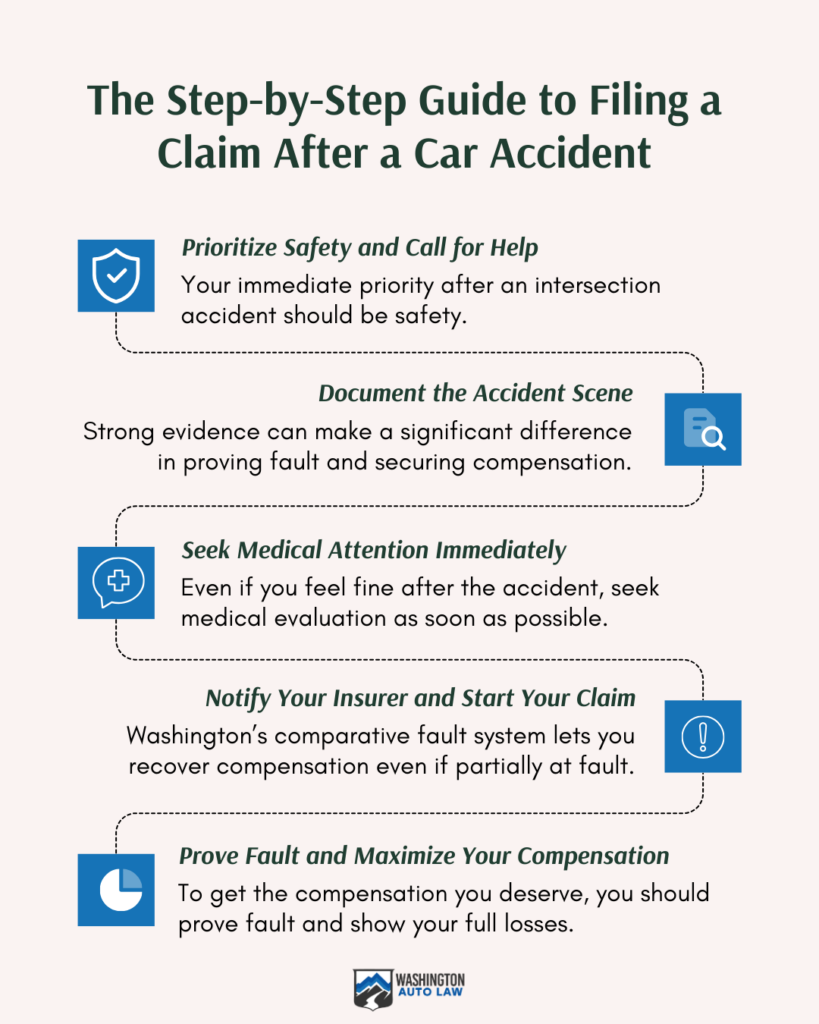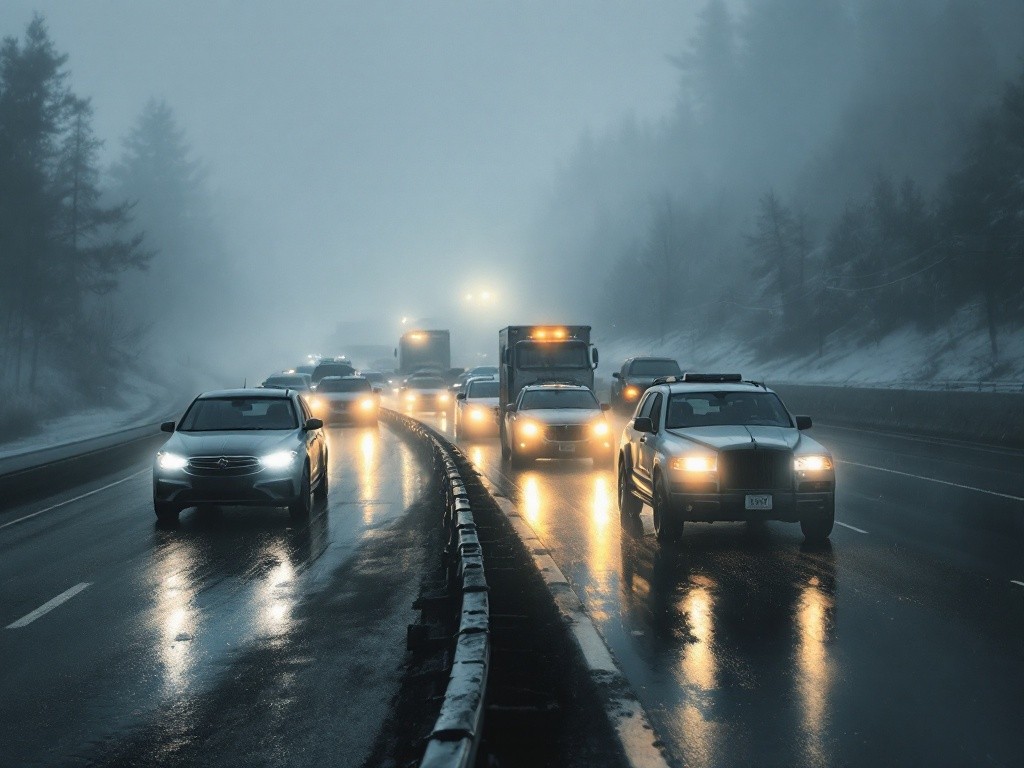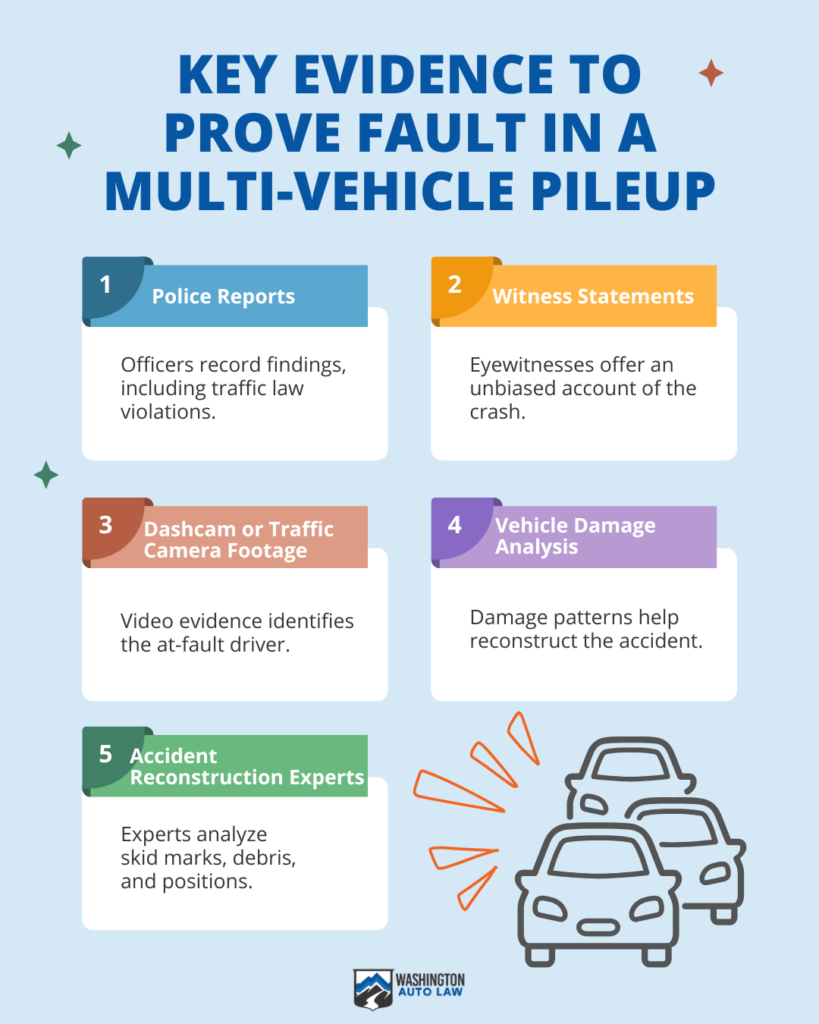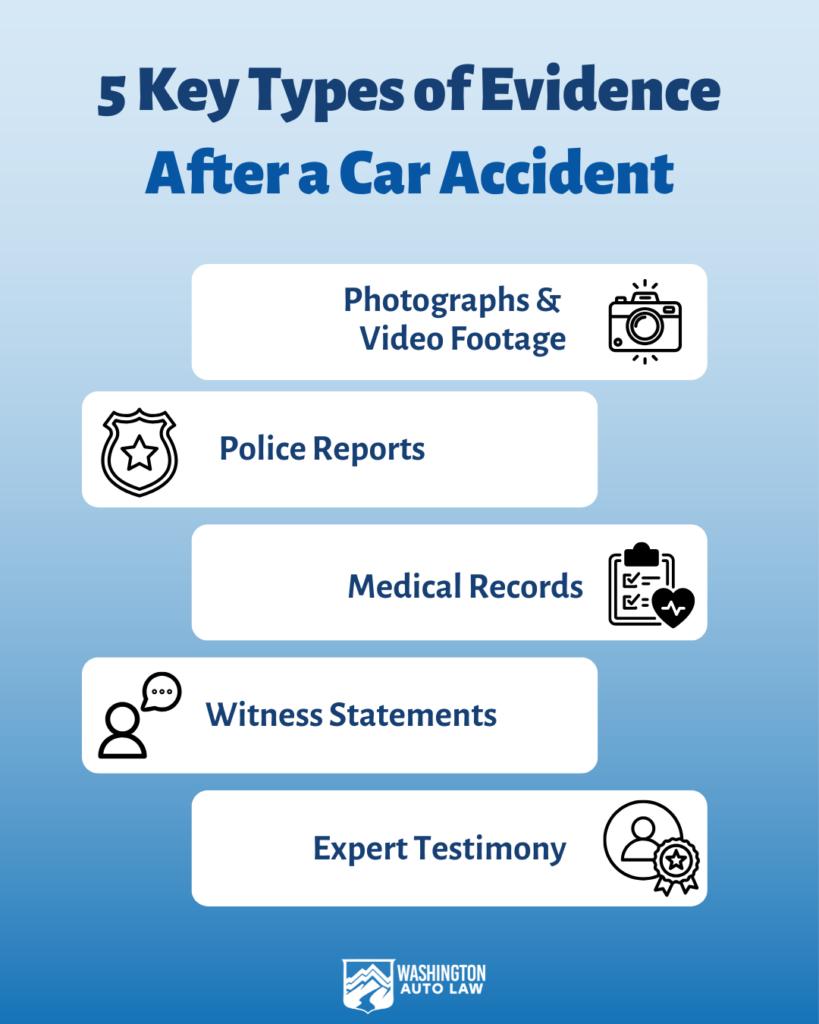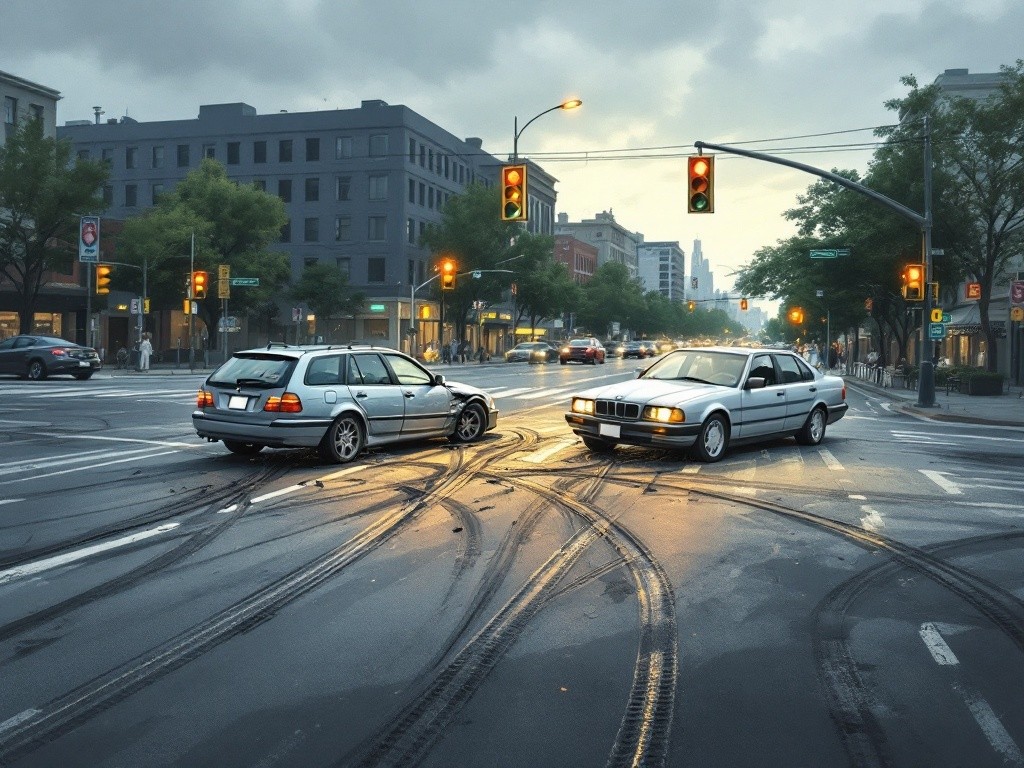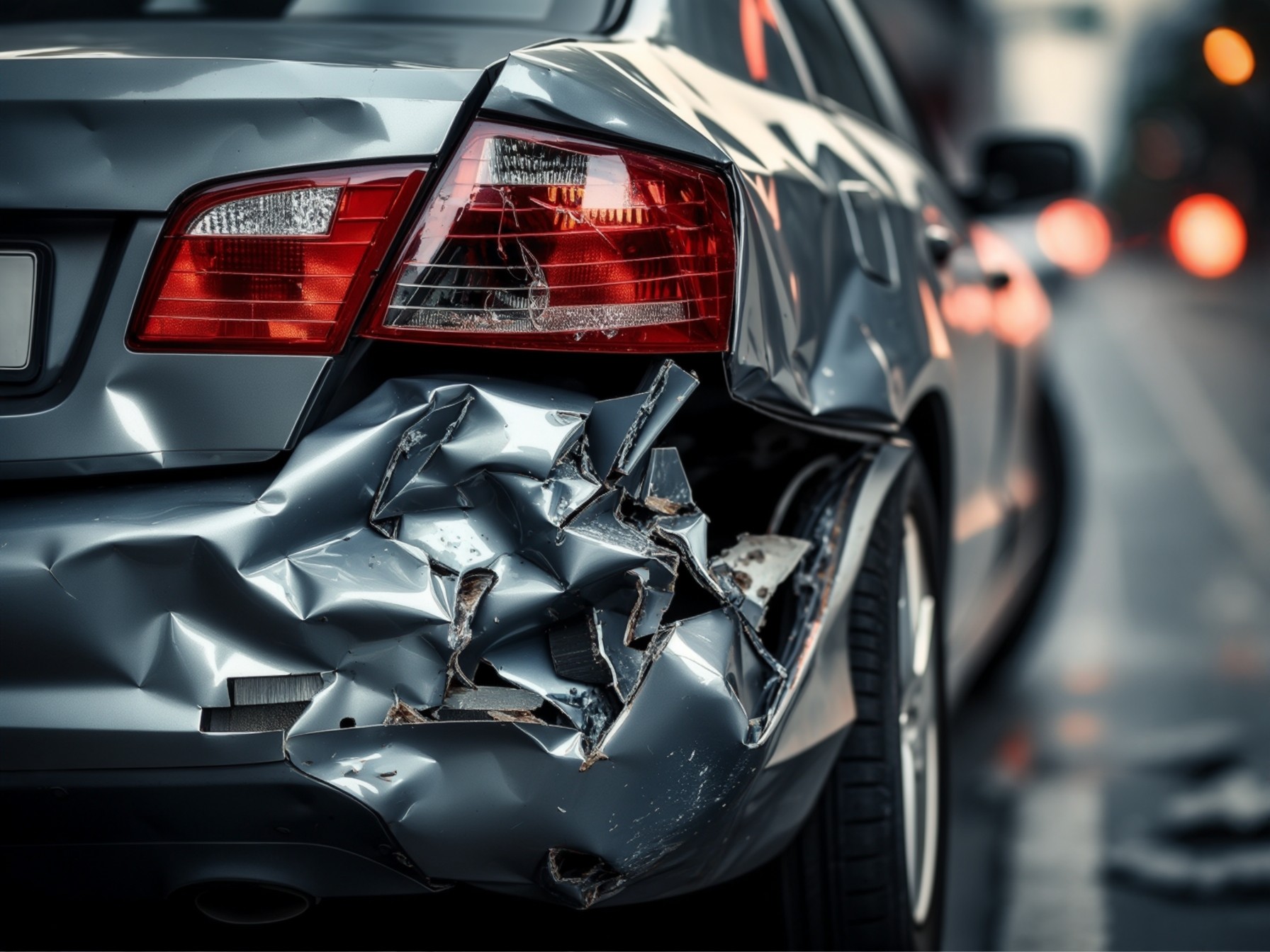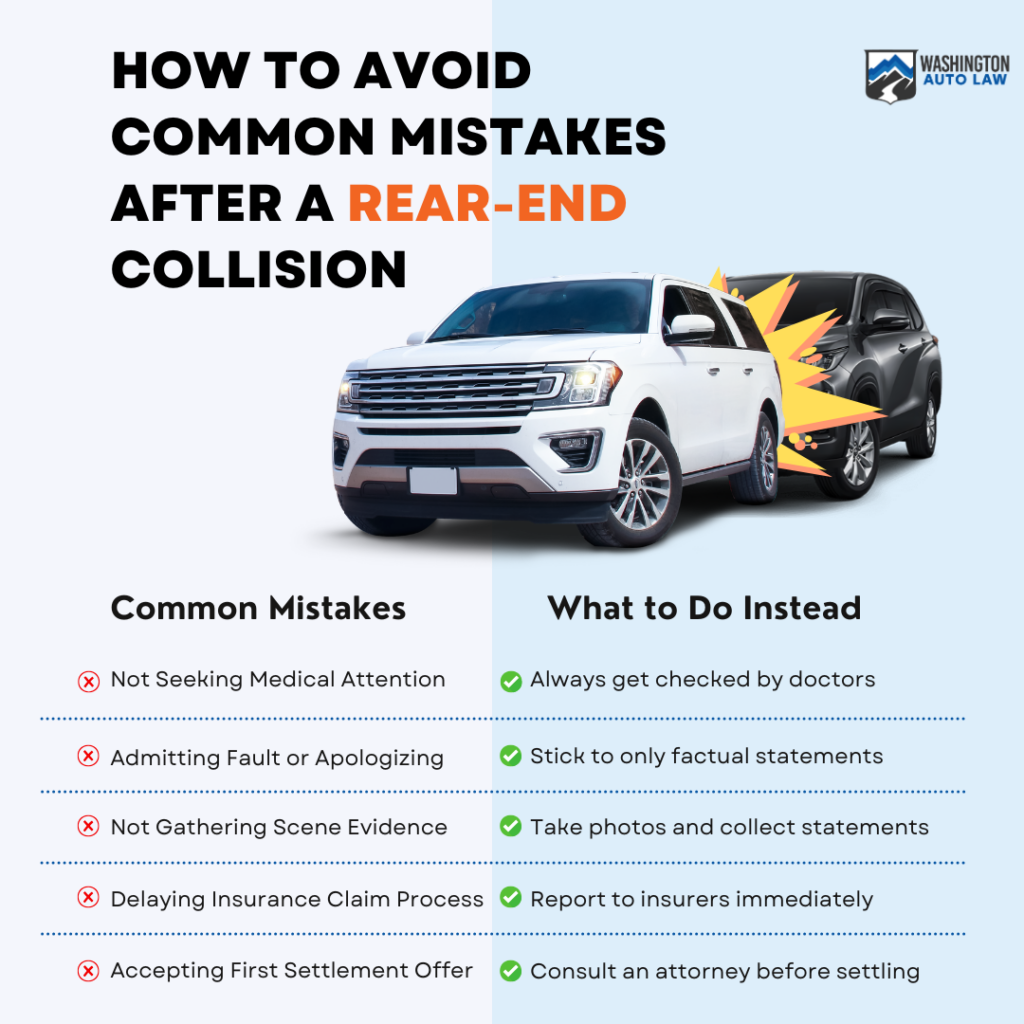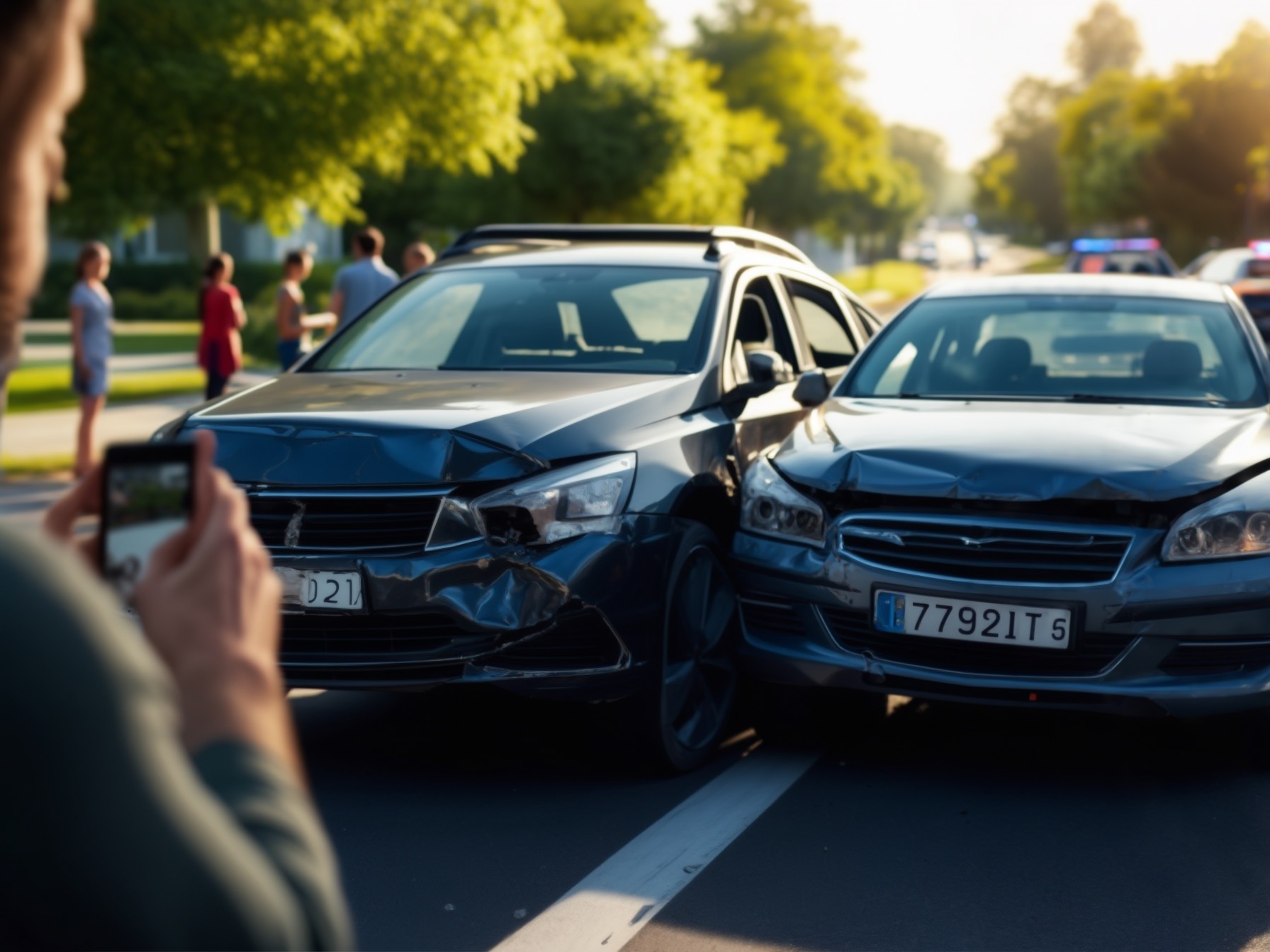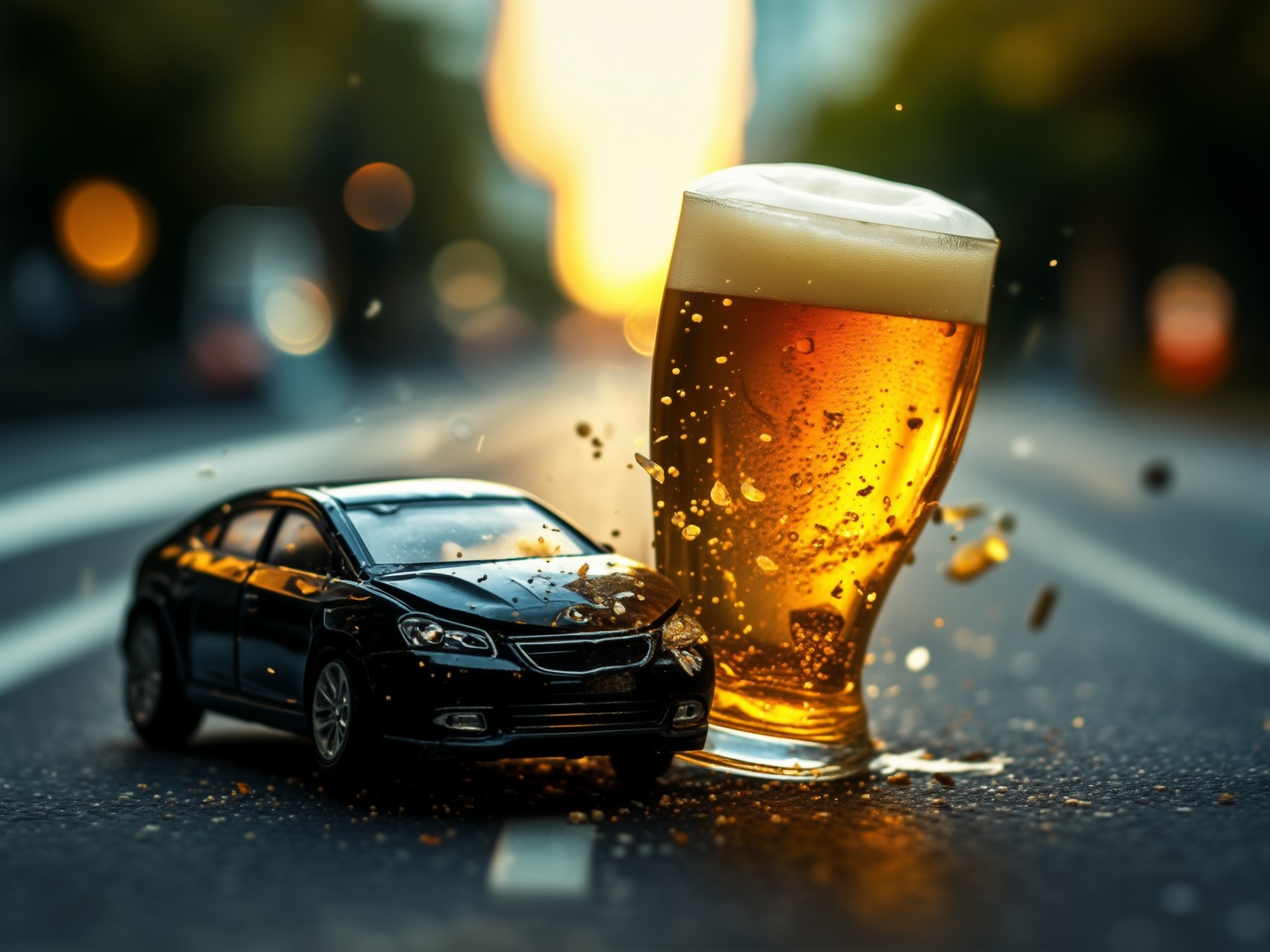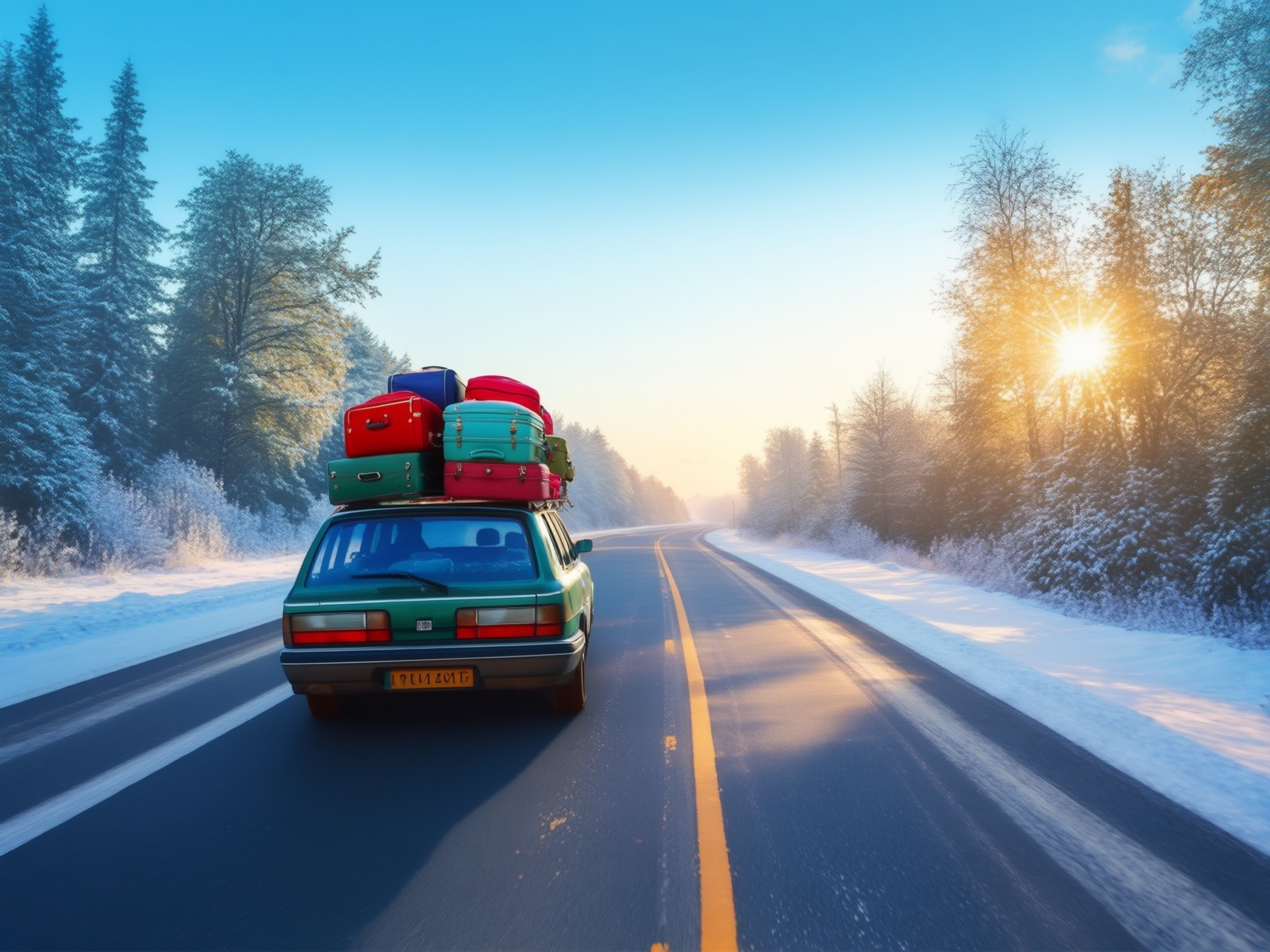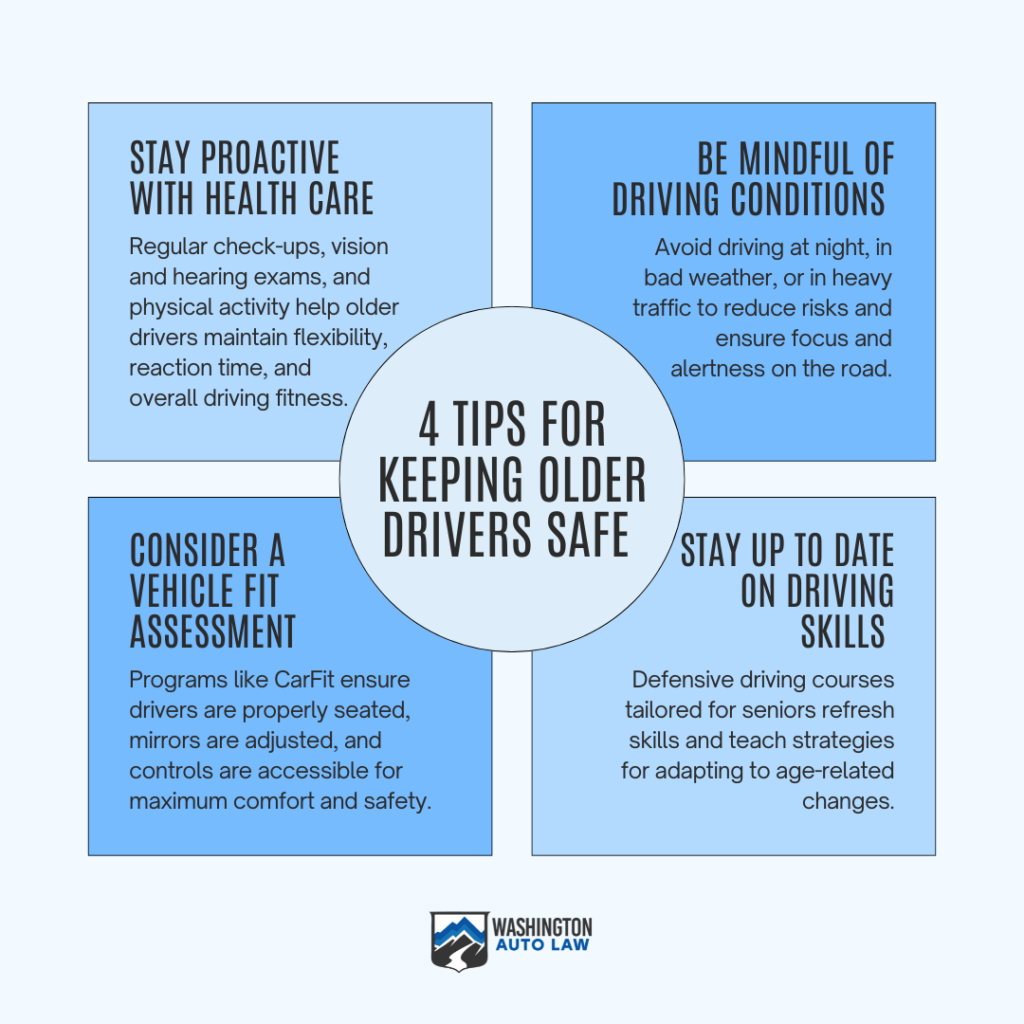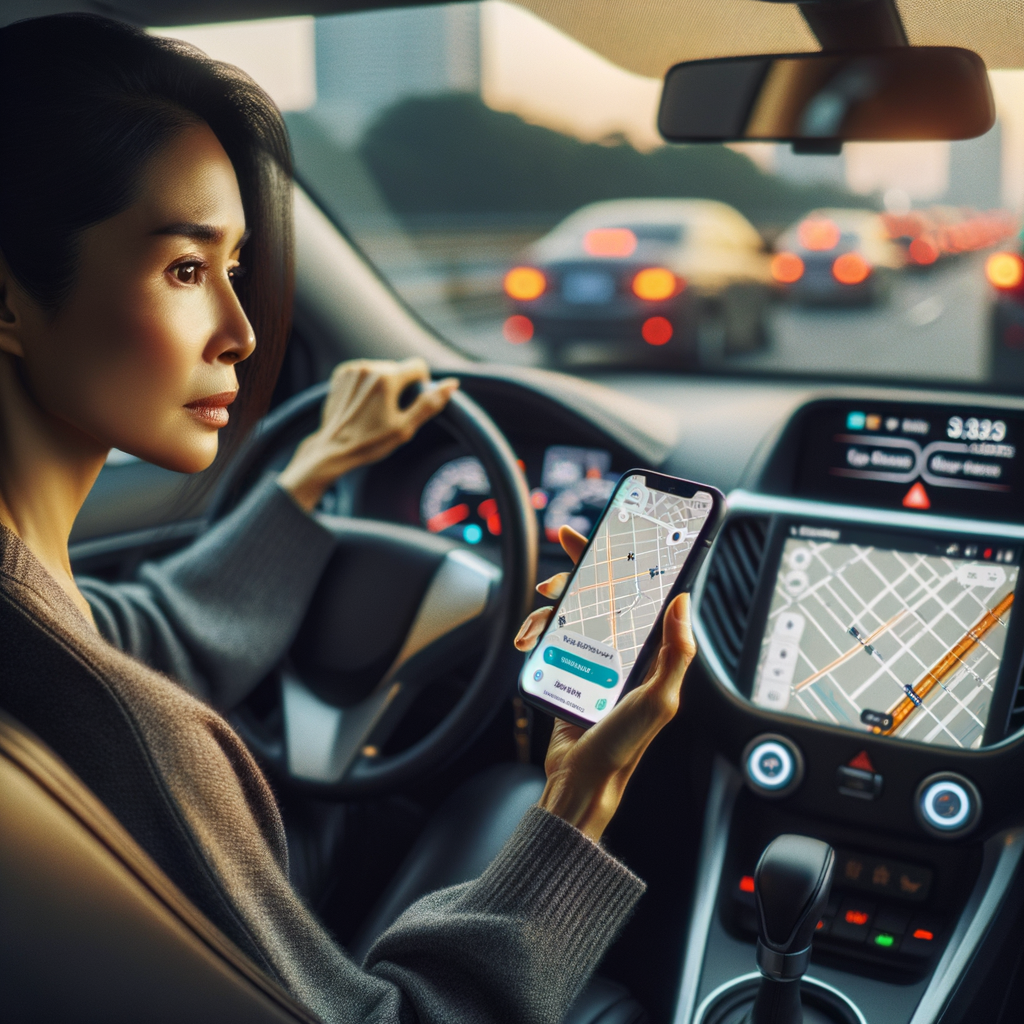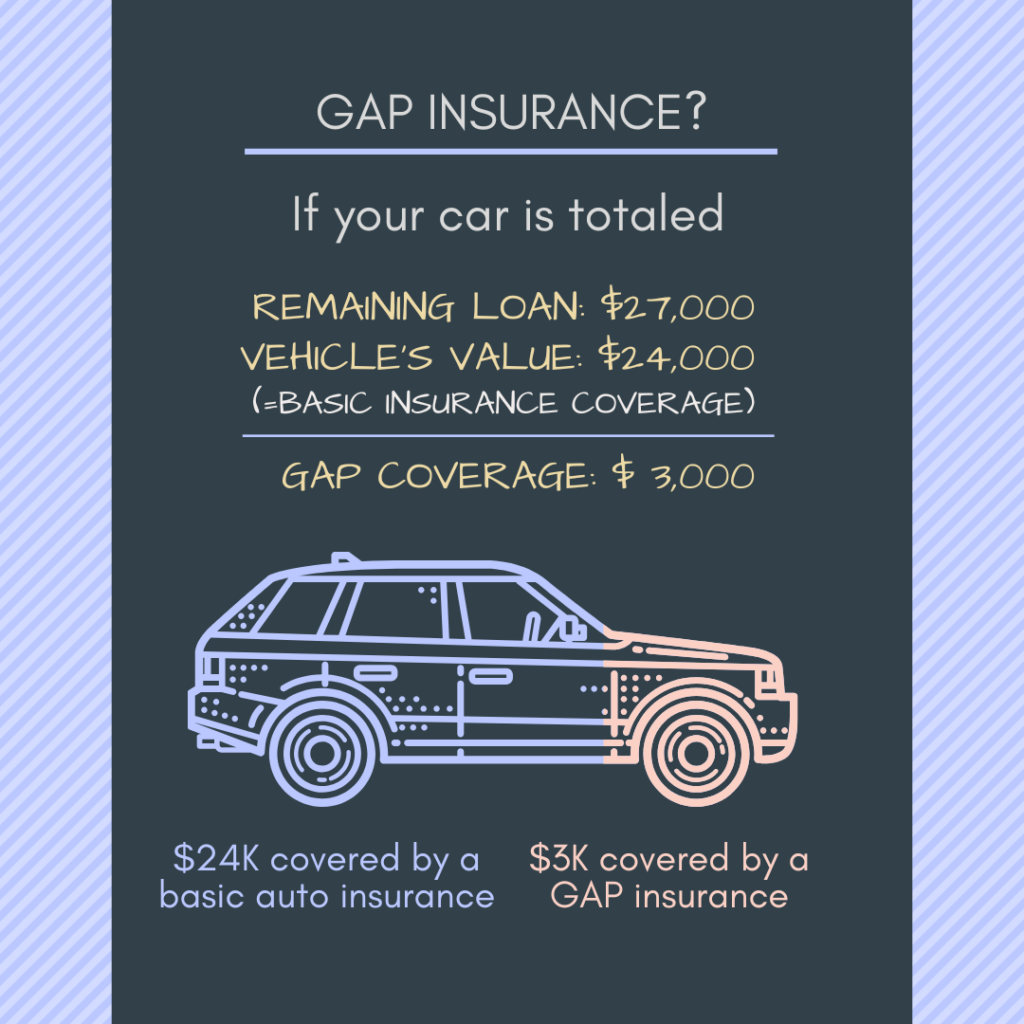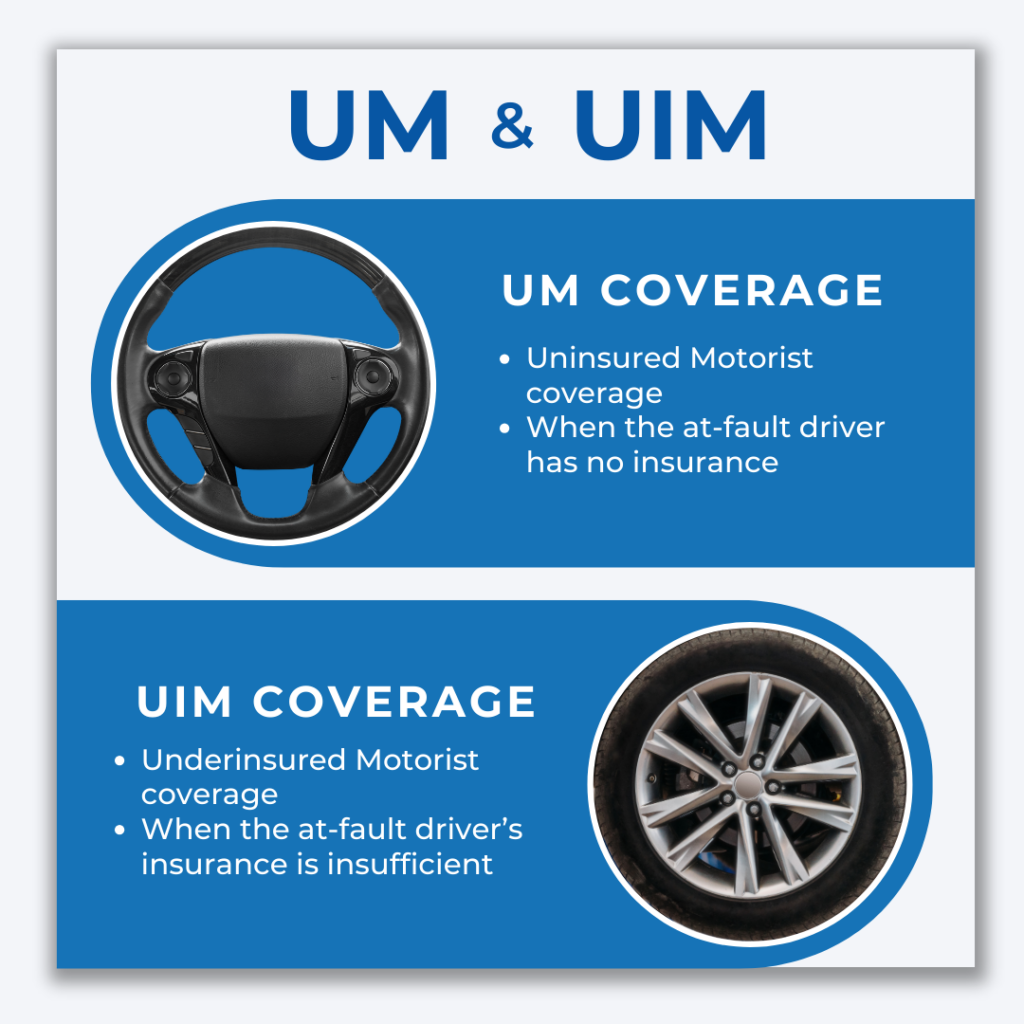3 Things Every Rider Should Know About Washington’s Motorcycle Laws
Table of Contents
- Motorcycle Insurance Requirements in Washington State
- Helmet Laws, Eye Protection, and Safety Equipment
- What to Expect If You’re Injured in a Motorcycle Crash
- How Washington’s Motorcycle Laws Affect Injury Claims
- Final Thoughts: Protect Yourself Before You Ride
Whether you’re a weekend cruiser or a daily commuter, riding a motorcycle in Washington offers a level of freedom and excitement that’s hard to beat. But with that freedom comes responsibility, and the rules governing motorcyclists in Washington aren’t just suggestions. They can have a serious impact on your safety, your rights, and your wallet.
In this post, we break down three crucial areas every rider should understand about Washington’s motorcycle laws: insurance requirements, helmet laws, safety equipment, and what to expect if you’re involved in a crash. Whether you’re a seasoned rider or just getting started, this information will help you stay legal, safe, and protected.
1. Motorcycle Insurance Requirements in Washington State
For many years, Washington didn’t require motorcycle insurance. That changed in July 2019, when the state began requiring all motorcycle riders to carry liability coverage, just like drivers of passenger vehicles.
Minimum Liability Coverage Required
If you operate a motorcycle in Washington, you must carry proof of financial responsibility. This means, at a minimum, your policy must include:
- $25,000 for injuries or death to another person
- $50,000 for injuries or death to all others involved in an accident
- $10,000 for property damage
This is known as 25/50/10 liability coverage.
But here’s the thing – this coverage only protects others if you’re at fault. It doesn’t help pay your own medical bills, bike repairs, or lost wages if another driver causes the crash and is uninsured or underinsured.
Optional but Crucial Coverage Add-ons
For better protection, consider adding:
- Uninsured/Underinsured Motorist (UM/UIM): Covers you if the other driver doesn’t have insurance or enough of it.
- Personal Injury Protection (PIP): Covers medical expenses and lost income, regardless of fault.
- Comprehensive and Collision: Pays for damages to your motorcycle from accidents, theft, or vandalism.
Many riders skip optional coverage to save money—until they’re in a crash. Investing in better protection now can save you tens of thousands later.
2. Helmet Laws, Eye Protection, and Safety Equipment
Washington is considered one of the stricter states when it comes to helmet laws—and for good reason. Motorcyclists are 28 times more likely to die in a crash than occupants of passenger vehicles, according to the National Highway Traffic Safety Administration (NHTSA).
What the Law Says
Washington State law (RCW 46.37.530) mandates the following:
- Helmets are required for all riders and passengers.
- Helmets must meet DOT (Department of Transportation) standards.
- If your motorcycle doesn’t have a windshield, eye protection is also required, either goggles or a face shield.
Riding without a helmet isn’t just unsafe. It can lead to tickets, fines, and denial of insurance coverage in the event of a crash.
Safety Equipment Requirements
To be street-legal, your motorcycle must also have:
- At least one headlight (always on during operation)
- Rearview mirrors on both sides
- Turn signals, unless the bike was manufactured before 1964
- A functioning muffler
- Working brake lights and a horn
Failing to maintain these safety requirements not only increases your risk on the road, but it can also be used against you in a personal injury claim, even if the other driver was at fault.
3. What to Expect If You’re Injured in a Motorcycle Crash
Despite how careful you may be, riders often pay the highest price when other drivers aren’t paying attention. Left-turn collisions, distracted drivers, and failure to yield are leading causes of motorcycle accidents in Washington.
Common Causes of Motorcycle Crashes
According to the Washington State Department of Transportation (WSDOT), the most common causes of motorcycle crashes include:
- Drivers making unsafe lane changes
- Vehicles turning left in front of oncoming riders
- Following too closely (rear-end collisions)
- Speeding and impaired driving
Even if you ride defensively and follow every rule, you’re still vulnerable to negligent drivers.
What to Do After a Crash
If you’re involved in a motorcycle accident in Washington:
- Get to safety and call 911.
- Seek immediate medical attention, even if injuries don’t seem serious.
- Document everything—take photos, get witness information, and note the other driver’s details.
- File a police report—this will be critical for your insurance and legal claim.
- Notify your insurer—but be careful about what you say.
- Speak with a legal professional before accepting any settlement offers.
Damages You May Be Entitled To
If you’ve been injured due to someone else’s negligence, you may be able to recover:
- Medical bills (current and future)
- Lost income or reduced earning capacity
- Pain and suffering
- Motorcycle repair or replacement
- Costs related to permanent disability
Washington follows a comparative negligence rule, meaning your compensation may be reduced if you’re found partially at fault. This makes it critical to gather strong evidence and understand how to protect your rights from day one.
How Washington’s Motorcycle Laws Affect Injury Claims
If you weren’t wearing a helmet or didn’t carry the minimum required insurance, it could impact your personal injury claim. For example:
- No helmet? The opposing party may argue your head injuries were partly your fault—even if they caused the crash.
- No insurance? You may face fines, license suspension, and limits on recovering damages.
- Improper bike equipment? A lack of mirrors, turn signals, or lights may be used to question your visibility or credibility.
Following Washington’s motorcycle laws isn’t just about compliance—it’s a major factor in protecting your ability to seek fair compensation if you’re injured.
Final Thoughts: Protect Yourself Before You Ride
Motorcycling is one of the most rewarding forms of travel, but it also carries unique risks. Knowing Washington’s motorcycle laws—especially around insurance requirements—can make all the difference if you’re ever involved in an accident.
Remember:
- Carry the mandatory 25/50/10 insurance, but consider adding UM/UIM and PIP.
- Always wear a DOT-approved helmet and use proper eye protection.
- Know your rights and responsibilities if you’re in a crash, including how to file a claim.
If you’ve been injured in a motorcycle accident and need help understanding your insurance rights or pursuing compensation, call us at 206-497-4357 today or schedule your free consultation online. Our team is here to guide you through every step of the process.
